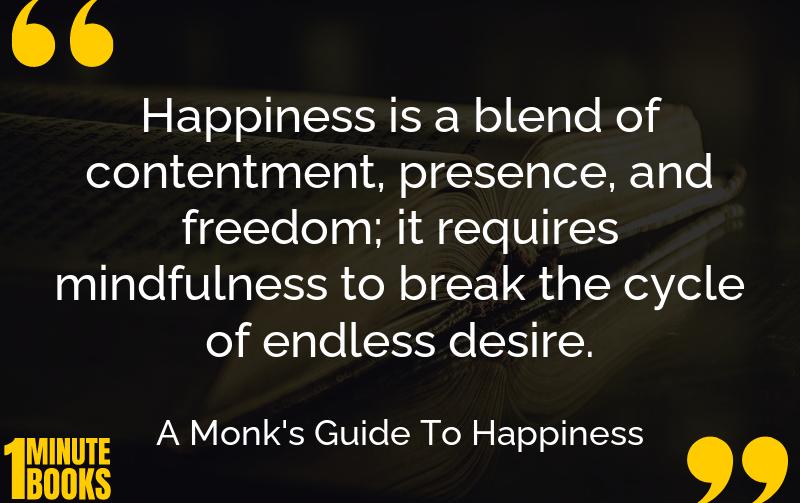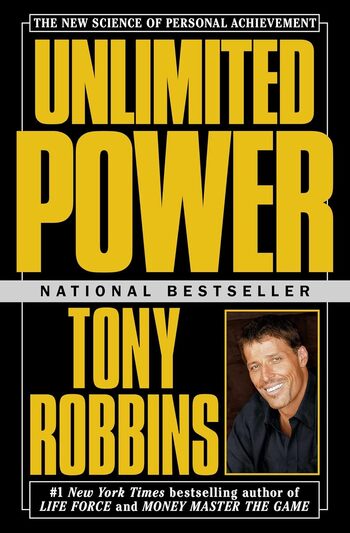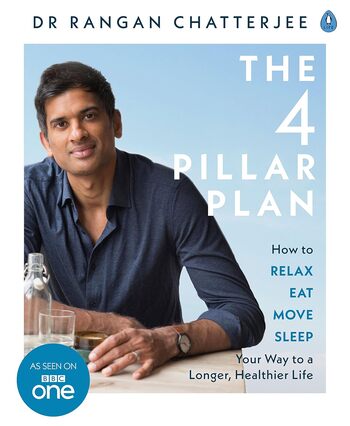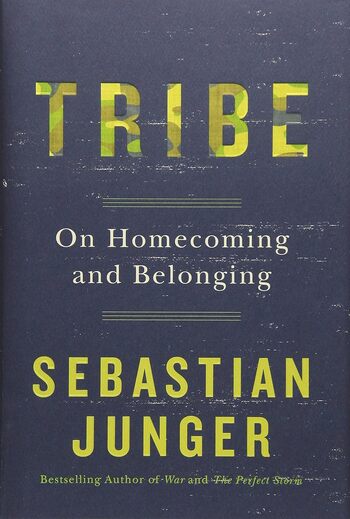
A Monk’s Guide to Happiness by Gelong Thubten explores meditation’s role in uncovering lasting happiness through contentment, presence, and freedom. It combines modern challenges with traditional mindfulness strategies.
Main Lessons
- Happiness is rooted in the three components: contentment, presence, and freedom.
- Contentment involves satisfaction with what we have, free from longing.
- Being present helps avoid the mental turmoil of past regrets or future anxieties.
- Freedom is achieved by letting go of negative emotions tied to our past and future.
- Desiring external sources of happiness traps us in a cycle of dissatisfaction.
- Recognizing how modern forces, like advertising, fuel desires is crucial for finding genuine satisfaction.
- Accepting transitory pleasures helps break the cycle of chasing fleeting happiness.
- Meditation aids in observing thoughts neutrally, leading to lasting tranquility.
- Cultivating mindfulness in daily activities promotes peace amidst chaos.
- Embrace mind-wandering in meditation as a step toward better awareness.
- Detach reliance on closing eyes or music during meditation for universal mindfulness.
- Neutrality in experiences leads to inner peace, unburdened by clinging and aversion.
- Mindfulness practice extends beyond meditation into everyday life.
- Consistent practice and self-compassion enhance mindfulness skills.
- Mindfulness prepares us for the turbulence of life with greater well-being.








